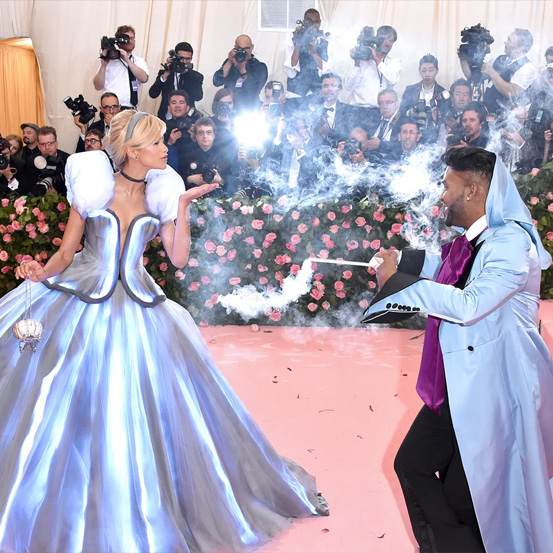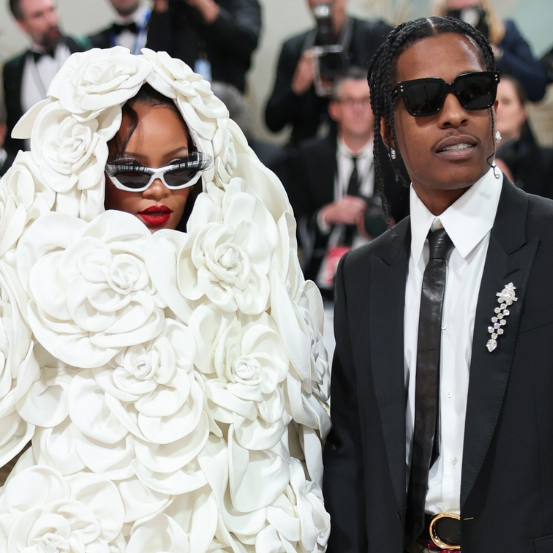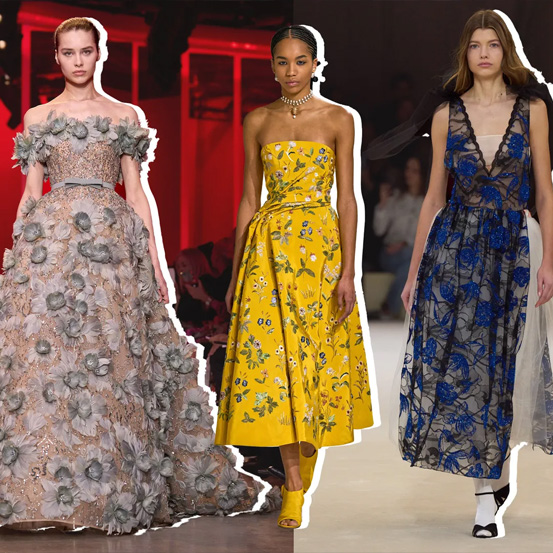Learn to love yourself. Love yourself before you love anyone else. You should always come first. This is the narrative that has accompanied the growing awareness of women for the value of self-love, and that has thrived, in recent years, in the western world. We are undoubtedly reaching a turning point where we start to want to come forward as we are and not how others expect us to be. Even so, like what happens with many other messages directed towards women or about women, the sexuality question continues to be neglected.
Learn to love yourself. Love yourself before you love anyone else. You should always come first. This is the narrative that has accompanied the growing awareness of women for the value of self-love, and that has thrived, in recent years, in the western world. We are undoubtedly reaching a turning point where we start to want to come forward as we are and not how others expect us to be. Even so, like what happens with many other messages directed towards women or about women, the sexuality question continues to be neglected.

The thing is women are not asexual by nature, nor should their pleasure be swiped under the rug as a form of immorality or lack of principles. I believe it should, on the contrary, be explored and celebrated as part of this process of searching for self-love. As a woman, I grew up without much knowledge of my anatomy, or of what sexual pleasure actually meant. I learned that sex was something that always required two people, that it should mostly consist of a penetrative act that didn’t always manage to give me pleasure. School wasn’t that helpful either. Sex is normally taught from a phallocentric point of view, with reproduction as its final goal. I learned that men have penises and women have vaginas and both should come together to create a pregnancy. There are some (many) flaws in what we have been taught, but for now, I’ll focus on a specific one: the “vagina” is not what we think it is. The vagina is just a canal. When we use that term, we normally mean to refer to the vulva.
To clear things up: the vulva is the external part of our genitals, it’s what you can see. It entails the clitoris gland and its hood, the internal and external labia (or labia minora and labia majora, although these adjectives aren’t always accurate), the vestibule, where the vagina and urethra are located, and the perineum, that separates it from the anus. It has hair, no matter how much we shave it, the labia minora are not always small nor necessarily symmetric and its color depends from person to person. Vulva, such a forgotten word. It seems as if I’m getting lost in technicalities, and that at the end of the day it all blends together and doesn’t really matter, but… would it make sense to employ the term “throat” when we mean mouth? Not being aware of the nomenclature or physiognomy of such an important part of our bodies hides a feeling of shame and fear of the truth. It also hides the harming ignorance and neglected position in which we women have been put for centuries.
One day, I decided to hold a mirror to observe my vulva and was somewhat horrified and ashamed. It wasn’t like the other vulvas I had seen before! I was afraid I wasn’t normal, since what I was looking at didn’t match my expectations. Truth is, the only occasions where I had seen vulvas had been in scientific illustrations and… porn. I was so afraid of my appearance that when I went to gynecologist for the first time, I had to warn him, on a whim of panic, that I was probably a little bit different from other women. Turns out I wasn’t. Afterall, as the doctor assured me, with a smile, I was completely normal. I feel like the process of getting to know myself has always been filled with shots in the dark. After these two episodes, I won my first vibrator on a rather unusual festival stand. A vibrating bullet is a small vibrator that has various intensities, and that when pressed against the vulva and/ or clitoris, can produce immense pleasure and lead to orgasm. I was amazed with the pleasure that little device could give me. In fact, contrary to what I thought, I still didn’t know myself and was very far away from understanding the real proportions of pleasure and autoeroticism.
Vibrators are sex toys that today appeal to women empowerment. A woman with a vibrator on her nightstand is regarded by many, as an independent woman. The history of vibrators isn’t all that romantic, though. They have been around since the end of the 1800s and they offered an answer to a condition known as “hystera”, which means uterus, and was nothing more than a diagnosis given to women and would be associated with states of psychic “unbalance” that manifest physically through headaches, water retention, anxiety, or fatigue, for example. The cure for hysteria, naturally proposed by men, was massaging those women’s vulva until, through moaning and climax, they could exorcise their demons. This stimulation was made manually by therapists, and later on, with the advances of the industrial revolution, little machine devices replaced the tiring labor of these therapists. On an ad from back then, it’s possible to read that the vibrator is recommended for their own good, but also “for the sake of their families”! For the curious among us, I suggest a brief Google search under “old vibrator ads” or even “manipulator vibrator”, a famous vibrator developed in 1869 by the American doctor George Taylor.
Throughout my adolescence and beginning of adulthood, I never exchanged many thoughts about masturbation with friends, though I didn’t even know what I would want to say about it. The topics of sex, tabu and censorship immensely tickled my curiosity. It all seemed forbidden, dirty, ugly, hidden. I had a vibrator at home, so, the way I saw it, I had it all figured out. Later on, though, I had the opportunity to attend a workshop with a sexual instructor for adults, Carmo Gê Pereira, and that moment ruptured every prejudice I didn’t even know I had, by shedding light on the possibilities of pleasure. I learned that pleasure doesn’t have to be achieved solely through genital stimulation, and that became the most beautiful revelation of this journey. Realizing that what ultimately gives us pleasure, crossing the lines that for so long we took as certain, or what others defined for us, is the first step for the full solo experience of pleasure – and, of course, with others, if we wish.
Masturbation, or whatever you want to call it, can begin as a demonstration of self-love, in which we become aware of our body and pelvic musculature. All senses can and must be employed: a scent, a taste, a tune, something that is comfortable, as fabrics or visual stimuli that relax us. In the end, self-love can also be about quitting to look at masturbation as a mere stimulation of the clitoris, or sex as just penetration, and explore the vulva and other erogenous spots we might have on our body. Those spots that have always been under the radar, overlooked if we don’t make a point to know them. If our search for self-love should start within us and not with someone else, then the splendor of self-awareness and pleasure can’t be left behind. It’s possible to nurture sexual pleasure in our own intimacy, to a point where we no longer feel the need of another person to fulfill that urge. We’re with others because we want to be, we are perfectly fine with ourselves since we are enough. And there, is where the true liberation resides.
Translated from the original article from Vogue Portugal's Love issue, published in December 2020.
Most popular


39 casais de celebridades que se destacaram na passadeira vermelha da Met Gala
02 May 2024
.png)
Relacionados

Looks da Semana da Alta-Costura perfeitos para a Met Gala de 2024
03 May 2024
.png)
Pharrell Williams junta-se à Tiffany e fala sobre Atlantis, Poseidon e o efeito Cowboy
03 May 2024
.jpg)


